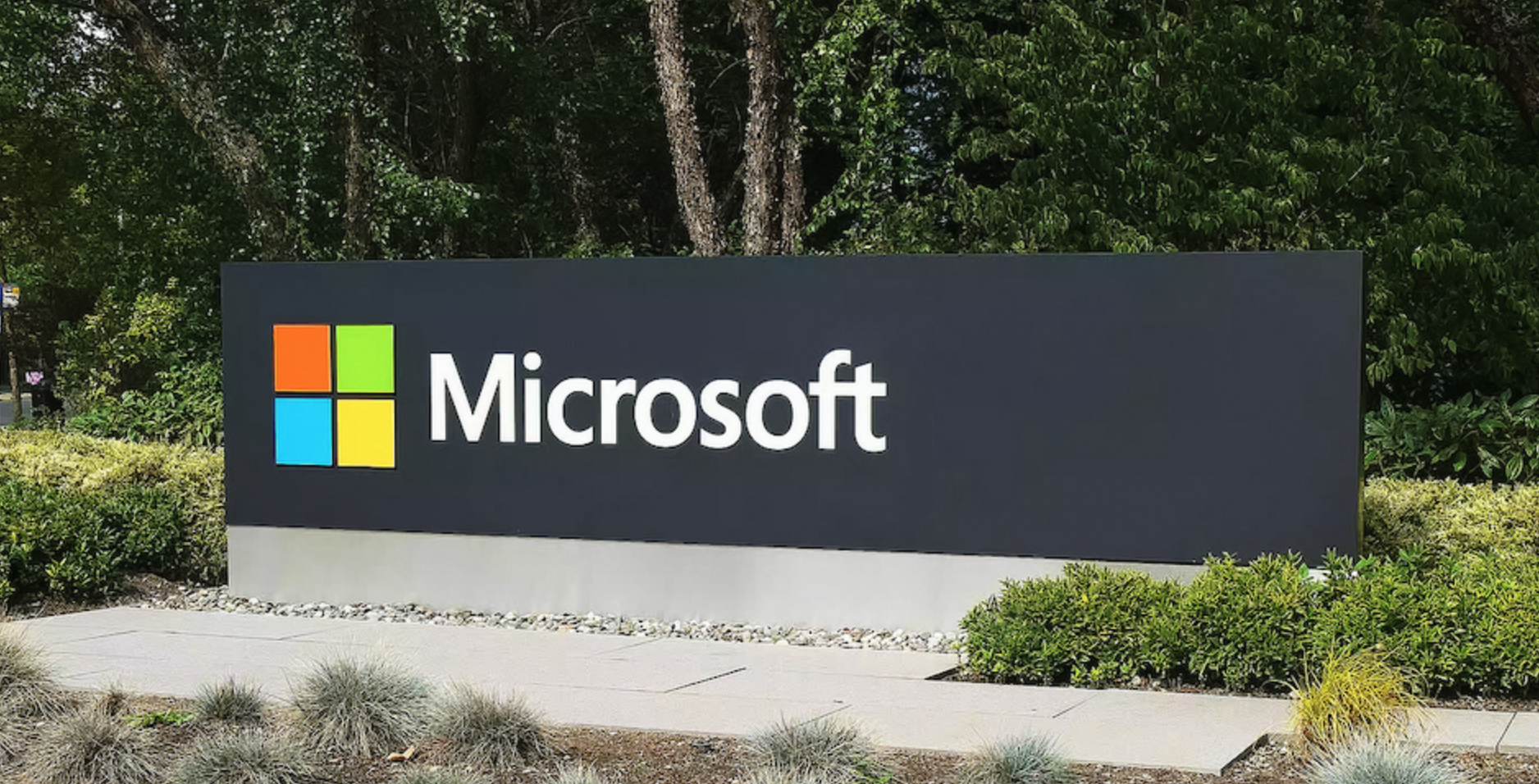On this Patch Tuesday, Microsoft has confirmed the presence of a critical zero-day vulnerability (CVE-2023-41689) within the Windows Management Console (WMC), which has been actively exploited in the wild. This vulnerability, affecting multiple versions of Windows, poses a significant risk to organizations as attackers can exploit it to gain control over compromised systems, allowing them to bypass security mechanisms and execute arbitrary code.
Risk Overview
CVE-2023-41689 is a flaw that stems from improper input validation within the Windows Management Console, leading to a remote code execution (RCE) vulnerability. If exploited successfully, the attacker can run malicious commands on the affected system with the same privileges as the logged-in user. If the user has administrative rights, the attacker could install programs, modify data, or create new accounts with full user rights, thus compromising the security and integrity of the system.
Organizations running older or unpatched versions of Windows are particularly vulnerable, as the active exploitation of this flaw has been observed. This could lead to a variety of attacks, including the deployment of ransomware, stealing sensitive information, or even gaining a foothold for more extensive cyber-espionage campaigns.
CVE Information
-
CVE ID: CVE-2023-41689
-
Vulnerability Type: Remote Code Execution (RCE)
-
Severity: Critical
-
Exploitability: Actively exploited in the wild
-
Affected Systems: Multiple versions of Windows, including legacy and newer systems, are affected by this zero-day vulnerability.
Resolution
To address this critical vulnerability, Microsoft has released a patch as part of the October 2024 Patch Tuesday update. It is imperative that all Windows systems be updated immediately to avoid the risk of exploitation. The patch ensures proper input validation within the Windows Management Console, preventing attackers from executing arbitrary code.
Administrators should:
-
Apply the Patch: Ensure all affected systems are patched without delay. Microsoft’s security update (KB number associated with the update) will close the vulnerability.
-
Review System Access: Limit administrative privileges wherever possible to reduce the potential impact if an attack occurs.
-
Monitor for Suspicious Activity: Since the vulnerability has been exploited in the wild, reviewing logs and using threat detection tools to identify unusual activity is crucial.
-
Implement Defense-in-Depth: Use additional security layers like network segmentation, endpoint detection and response (EDR) solutions, and application whitelisting to provide further protection against potential exploits.
Conclusion
The exploitation of CVE-2023-41689 serves as a reminder of the importance of staying vigilant and applying security patches promptly. Failure to update could leave systems vulnerable to severe breaches, data theft, and ransomware attacks. By applying the latest patches and adopting a proactive approach to security, organizations can minimize the risk posed by this zero-day vulnerability and maintain a secure IT environment.
Make sure to patch your systems now to stay protected from this evolving threat.

